- Articles ›
- Marketing and Strategy ›
- Impact Of The ZooZoo Commercials For Value Added Services Articles
Impact Of The ZooZoo Commercials For Value Added Services
The second season of the Indian Premier League would be primarily remembered for two events that were off the field:
- The first one involving Indian cricket’s controversy boy, Sourav Ganguly and his tryst with the concept of multiple-captaincy floated around by the erstwhile coach of the Kolkata Knight Riders, John Buchanan.
- The other one would be the Zoozoos for Vodafone – the eggshell like characters telling a new value-added service (VAS) story each time.
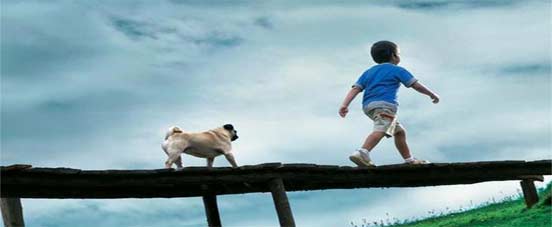
Vodafone was welcomed in India in 2007 with the “Hutch is now Vodafone” campaign and the advertising agency, Ogilvy & Mather (O&M), had a two-fold task on their hands: promulgate the entry of Vodafone in India and propagate the metamorphosis of Hutch into Vodafone. The Hutch pug, which O&M had been using for about five years, would have been too costly a proposition to be junked. Having survived the $19-billion buyout, it was consequently used in putting forth the propaganda:“Change is good. Hutch is now Vodafone”.
One of the frequently used avenues for rebranding is advertisement, as it is fairly easy and flexible. It is a powerful mechanism for signaling a change in positioning of the company or reaching out to a broad or targeted audience promptly.
Time for “Make the Most of Now”
The next few months saw campaigns coming out from the Vodafone stable such as Happy to Help, Friend circle, Cheaper SMS, ‘Amar Chitra Katha’ Alerts, but it was also at this juncture that the telecom industry woke up to the potential of Value Added Services (VAS) and Vodafone realized that the burden of VAS would be too much for the pug! It was an opportunity for tapping the lucrative Indian mobile VAS industry valued at more than Rs. 70,000 million.
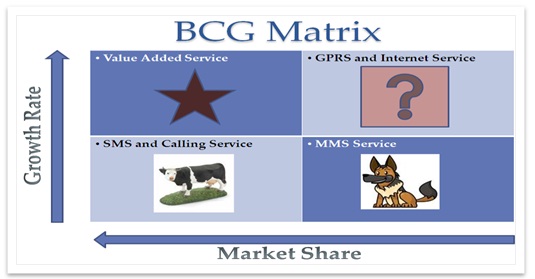
Figure 1: VAS - A potential ‘Star’ for Vodafone
Cometh the hour, cometh the ZooZoos and what better occasion to launch the advertisement campaign than during the IPL in a cricket-crazy nation?Characters donning white (with black dots for eyes and mouth), having heads that resemble eggs and bodies that were disproportionately thin, were to tell the VAS stories in a world that is similar to and yet different, from human beings. The characterization of these creatures was such that they were to lead simple lives, speak a language sounding gibberish, move in a particular way, and even emote like humans.Creation of the advertisements required low cost costumes, real people and speedy schedules. As a result, the 25 odd advertisements cost only about Rs. 30 million.
Each creation has a:
- F => Form - This determines the kind of piece and its looks
- A => Audience - To whom the piece is being addressed
- T => Topic- The attributes and qualities of the product or service
- P => Purpose- The objective of the accomplishment of the piece
FAT-P Organizer for Vodafone
|
F = Form |
A = Audience |
T = Topic |
P = Purpose |
|
Semi-alien semi-human characters living and interacting in an earth-like place |
Customers,primarily in urban India, who would use VAS services |
The importance of VAS in daily needs of cell-phone users |
Entertain and persuade existing and potential subscribers about the use of VAS |
Assessing the reach of advertisements and performance of the advertisements
The AIDA model provides a detailed illustration on how advertising affects consumer behavior and the purchase decisions. It is an acronym, comprising of the factors -Attention, Interest, Desire and Action, all of them relevant to the relationship between consumer behavior and advertising.
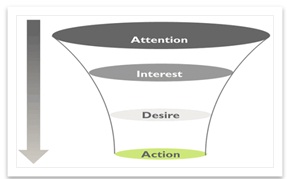
Figure 2: The AIDA Model
A research was carried out by Synovate India for Mint business newspaper (May 2010) to assess the proven recall of adverts and also to diagnose performance on key rational and emotional parameters such as:
- Brand Reach
- Likeability
- Credibility
This yielded the following results with Vodafone advertisements occupying nine out of the top ten position.
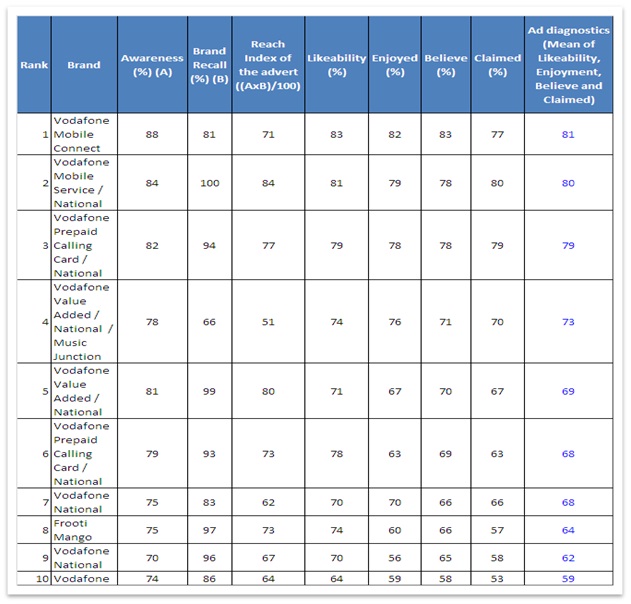
|
Figure 3: Top 10 Advertisements in the Synovate India Survey for Mint, May 2010
Zoozoos storm the advertisement world
The ZooZoo advertisements were indeed clutter-breaking and they reinforced the following:
- Low cost advertisements can make good impact
- Concept and content are most important
- Expensive brand ambassadors are not a necessity
- The advertisements should relate to the common man
- The message conveyed should be kept simple
- A well-crafted campaign can be accentuated through massive viral marketing
The success of the campaign could be gauged from the fact that:
- ZooZoos were dominating social networking sites such as Facebook
- Wallpapers, emoticons, ringtones, videos, contests, pictures, stories were being downloaded frequently
- Videos had approximately 3 million hits within the first 3 weeks
- Huge number of downloads on Youtube
- Winner of PETA, India’s first Glitter Box awards
What about the company?
As highlighted in Figure 4, the campaign had no impact on the data revenueanda negative impact on other services revenue on a Quarter-on-Quarter basis. However on a Year-on-Year basis (Figure 5), there was an increase in 30.30% in data revenue and 205.26% in other services revenue, which was quite remarkable feat in a fiercely competitive environment.
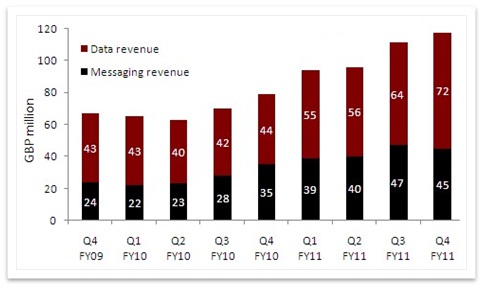
|
Figure 4: Vodafone India Quarterly Data and Messaging Revenue
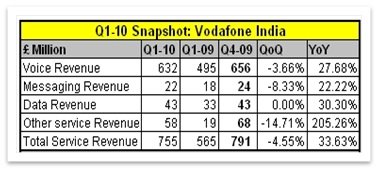
|
Figure 5: Vodafone India Quarterly Revenue Snapshot
The ZooZoo campaign had considerable impact on the financials of the company when compared to its competitors during a period which saw a slump in sales revenue in the industry. This was due to price-wars among the existing players and the entry of new competitors in the fray. At end of Q1, FY10 (Figure 6):
- Vodafone India added 7.68 million more subscribers
- Its customer base increased by 3.8%
- It reported an increase of 23% in revenue at constant exchange rates
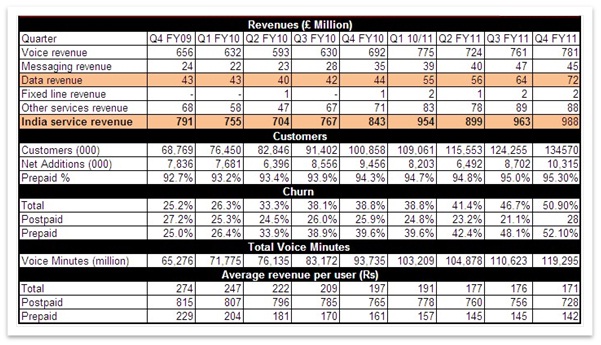
|
Figure 6: Vodafone India Quarterly Data
Success has its own adversaries
Vodafone decided to play it safe in the subsequent years by leveraging on its hugely successful ZooZoo campaigns. These could not evoke the same excitement from the average Indian viewer because of the ‘been there, seen all’ effect.
For example, the commercial with the tagline “Save Trees” shows the ZooZoo relaxing in a hammock.When one of the supporting trees is felled, it also falls down. This advertisement, spreading the message of saving paper and opting for e-bills lacks the innocence and the subtle humor inherent in the earlier commercials.
It is easy to copy a concept and its attributes, but almost impossible to replicate the value, which provides the emotional wallop. This is where Vodafone dithered in creating an emotional connect with the audience for the subsequent ZooZoo commercials.
The way ahead
It was not too late when the makers realized where they had gone wrong and this was evident in the ZooZoo 3G commercials on air. The impish charm was back again, much to the delight of the viewers, but now Vodafone has to take a call on how much to stretch the ZooZoo franchisee without losing its charm and appeal among the audience.
As long as it caters to the area of VAS, it can incrementally add the ZooZoo commercials on a selective basis, but for other services, it has to look for newer pastures!
This article has been authored by Arnab Moitra from IMI Delhi.
Views expressed in the article are personal. The articles are for educational & academic purpose only, and have been uploaded by the MBA Skool Team.
If you are interested in writing articles for us, Submit Here
Share this Page on:
What is MBA Skool?About Us
MBA Skool is a Knowledge Resource for Management Students, Aspirants & Professionals.
Business Courses
Quizzes & Skills
Quizzes test your expertise in business and Skill tests evaluate your management traits
All Business Sections
Write for Us